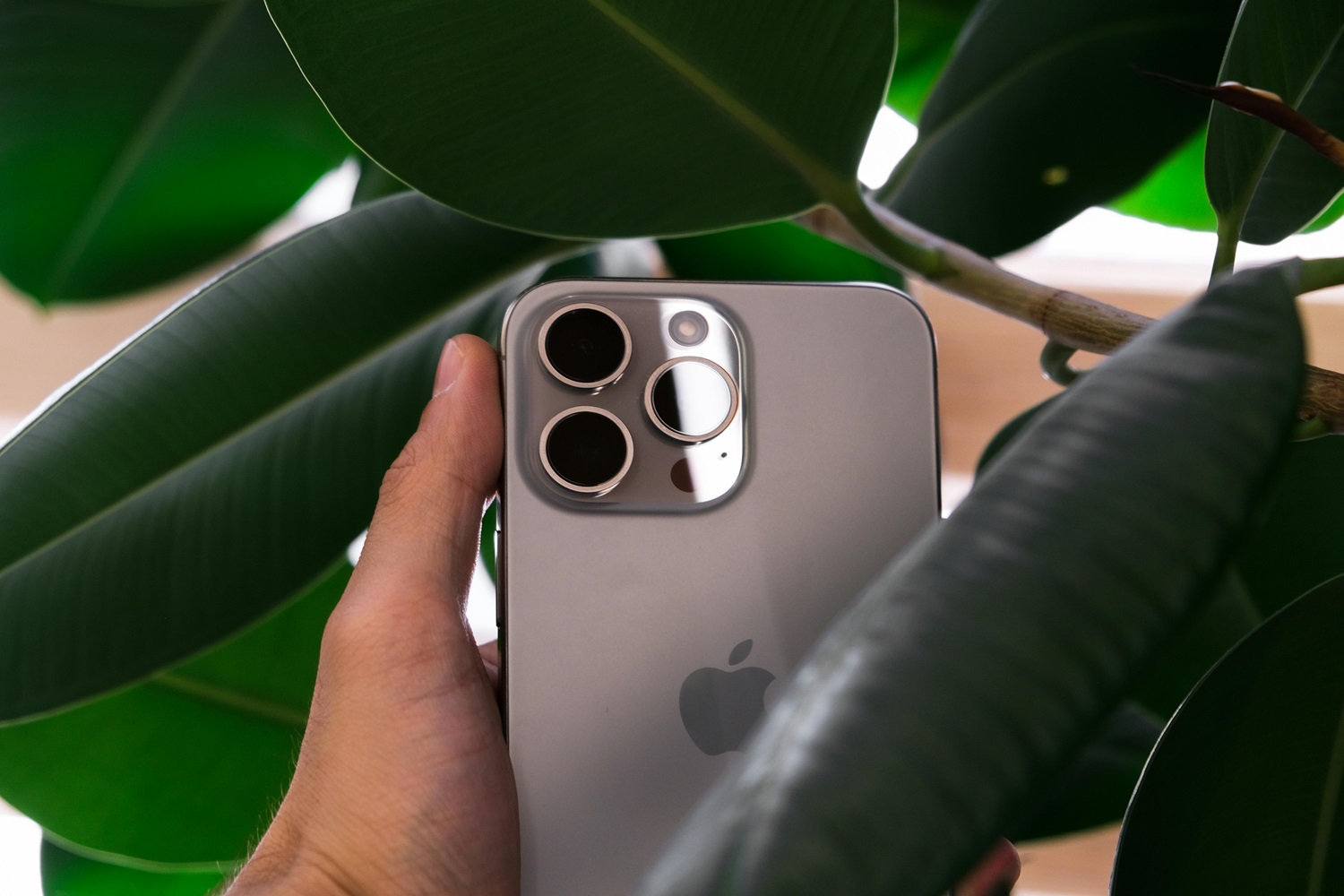Apple debuted its iPhone 15 models in September 2023, with a number of upgrades one of which was a feature meant to increase battery lifetime: an opt-in setting that restricts the maximum charge to 80 percent. Both techies and ordinary users have responded enthusiastically to this creative approach as well as with mistrust. The idea is simple: maintaining the battery from running at full capacity should presumably increase its lifetime. Still, the key question is whether this strategy really works.
The Science of Lithium-Ion Batteries
Examining the mechanics of lithium-ion batteries—which run not only iPhones but most modern devices—helps one to grasp the consequences of this new capability. Over time, lithium-ion batteries degrade; this process is regulated by charge cycles, temperature, and—above all—depth of discharge. Experts have long advocated that keeping batteries between 20-80% charge can significantly prolong their lifespan. Apple’s 80% cap seems to fit this advice, implying that it is a scientifically valid recommendation.
Though the research looks strong, human experience and anecdotal data can differ greatly. Having chosen to rigorously follow this 80% charge limit since the debut of the iPhone 15, I have personal knowledge of the practical ramifications of this function.
My 80% Charging Experiment
I promised myself not to charge my iPhone more than the 80% limit almost a year ago. The first few weeks looked good. The thought that I was helping my gadget, part of a tech-savvy brotherhood committed to battery maintenance, captivated me. But as the months passed, a number of difficulties surfaced, which made me wonder if Apple’s strategy was really practical and effective.
The Daily Grind
Maintaining 80% charge called for a careful attitude to billing practices. The obvious disadvantage became clear in daily life: I would frequently find myself scrounging for a charger mid afternoon. Many people on forums and social media agree that the limited charge made my phone seem less dependable. Apple’s own data indicates that the average user should get a full day’s worth of use from a fully charged battery; by restricting myself to 80%, I discovered that I was always checking my battery status, which caused a more tense user experience.
Anxiety over Batteries
I found an unanticipated side effect—battery anxiety—as I changed my charging schedule. My ongoing anxiety over reaching that crucial 20% figure made me anchored to charging stations. It was an unusual emotional toll that went against the basic goal of a smartphone—convenience. My iPhone started to cause anxiety instead of offering a flawless, worry-free experience, therefore negating the expected advantages of battery life.
Real-World Impact on Battery Life
Whether this technique actually increases battery life is still a debatable fundamental issue. Apple says the new environment can extend the battery’s lifetime, however empirical data from my experience does not provide a clear answer. Although the long-term health of my battery is yet unknown, anecdotal evidence points to very minor changes observed by certain users.
Apple has also not given clear benchmarks to track the success of this function across time. Most consumers will not run thorough testing to evaluate how well their battery condition performs under several charging schedules. Therefore, the success of this 80% cap stays mostly anecdotal, depending on personal perception and subjective experience.
The Cost of Convenience
Convenience usually rules over lifespan in our linked society. Although the goal to improve battery lifetime is admirable, daily usability shouldn’t suffer in order to do so. Many consumers could find the 80% restriction unworkable. Fast-paced lifestyles marked by convenience above all define the current scene of smartphones. A smartphone runs the danger of turning from a useful tool to a daily weight when it starts to be a regular reminder of limited battery.
Users also have a dilemma: the promise of better battery life is appealing, but the sacrifices needed could exceed the possible advantages. The 80% restriction may be negative for people who mostly rely on their smartphones for entertainment, communication, and business.
Ultimately, A Feature with Strings Attached
Apple’s 80% charge restriction on the iPhone 15 may have been instituted with the greatest of intentions—extending battery lifetime by means of controlled charging techniques. But the reality of daily use shows a more nuanced picture. The function seems to appeal to a limited market ready to sacrifice convenience in favor of possible improvements on battery life.
The success of this function will ultimately rely on personal inclination and way of living. While some may find the trade-off worthwhile, others might be annoyed and yearning for the freedom of unbounded charging. Still unresolved is the million-dollar question: does it truly work? The response could differ not only personally but also in the framework of our daily life and technology usage.
Companies like Apple have to take into account the whole user experience as technology develops in addition to the technical details of their goods. Rather than offering consumers a one-size-fits-all solution, the objective should be to balance lifetime with usability. Ultimately, the finest battery is the one that fits perfectly into our daily life—an extension of ourselves rather than a limitation.
(Photo by Zana Latif: https://www.pexels.com/photo/iphone-15-pro-max-box-in-natural-titanium-color-mention-zana_qaradaghy-on-instagram-while-use-this-photo-follow-on-instagram-zana_qaradaghy-18525573/)
Also read:
Three Months to Mastery: My Journey with the iPad 3 and Its Hidden Wonders



